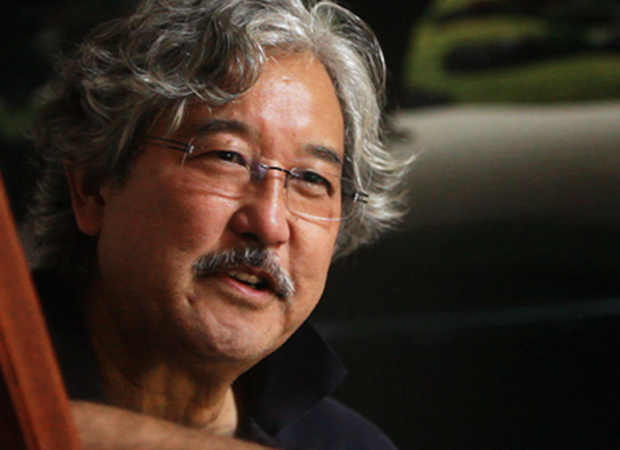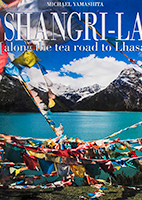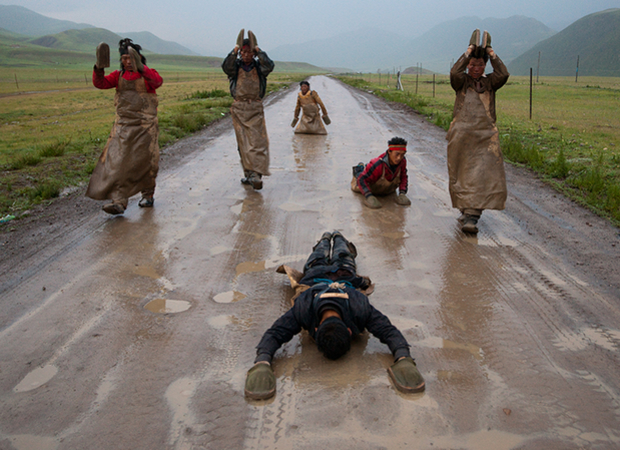Books
01.24.13

Shangri-La
The legendary Chamagudao, the Tea Horse Road, winds through dizzying mountain passes, across famed rivers like the Mekong and the Yangtze, and past monasteries and meadows in a circuitous route from Sichuan and Yunnan provinces in western China to the Tibetan capital city of Lhasa. Actually a network of roads, trails, and highways, rather than one distinct route, the Chamagudao once stretched for almost 1400 miles (2350 km)—a conduit along which the historic trade between the mighty Chinese empire and the nomadic Tibetans linked remote villages and ethnic groups. The Chinese military needed strong horses for their wars against Mongol invaders from the north, and the fiercely religious Tibetans desired tea for sacred rituals and sustenance. Once tea was introduced into Tibet around the 10th century, demand for it grew. Tea soon became a staple for Tibetans, especially when combined with their other staple, yak butter. But with Tibet’s extreme temperatures and altitudes, tea cultivation on a large scale was impossible. This set the stage for the tea-horse trade, which, by the 11th century, flourished along the Chamagudao, continuing until the 1950s. But getting these prized commodities to their growing markets was no easy feat. To transport the tea over the mountains meant many months of hard and dangerous travel for the hundreds of porters.Today, as Chinese culture merges with and even absorbs Tibetan traditions, the Tea Horse Road is a relic of a vastly different time. The Chinese are rapidly paving dirt roads to make highways for cars and trucks. Soon there will be little evidence of this once vital trade route. Though horses are no longer a military imperative for the Chinese army, Tibet has a new commodity that is in much demand in China. A homely caterpillar infected by a parasitic fungus has replaced the horse trade in Tibet. The yartsa gombu is prized for its medicinal qualities. Now Tibetans nomads drive Land Cruisers and motorcycles instead of horses, thanks to the profits they make collecting and selling the miracle mushroom worth more than gold. So trade continues, even though relics of the tea-horse trade are becoming harder to find. Following the Chamagudao, this book is a rare intimate look into the changing world of Tibet—both ancient and modern, sacred and commonplace, the rarefied and the gritty—before the legends and mysteries of the Tea Horse road disappear into the Tibetan mist. —White Star {chop}




